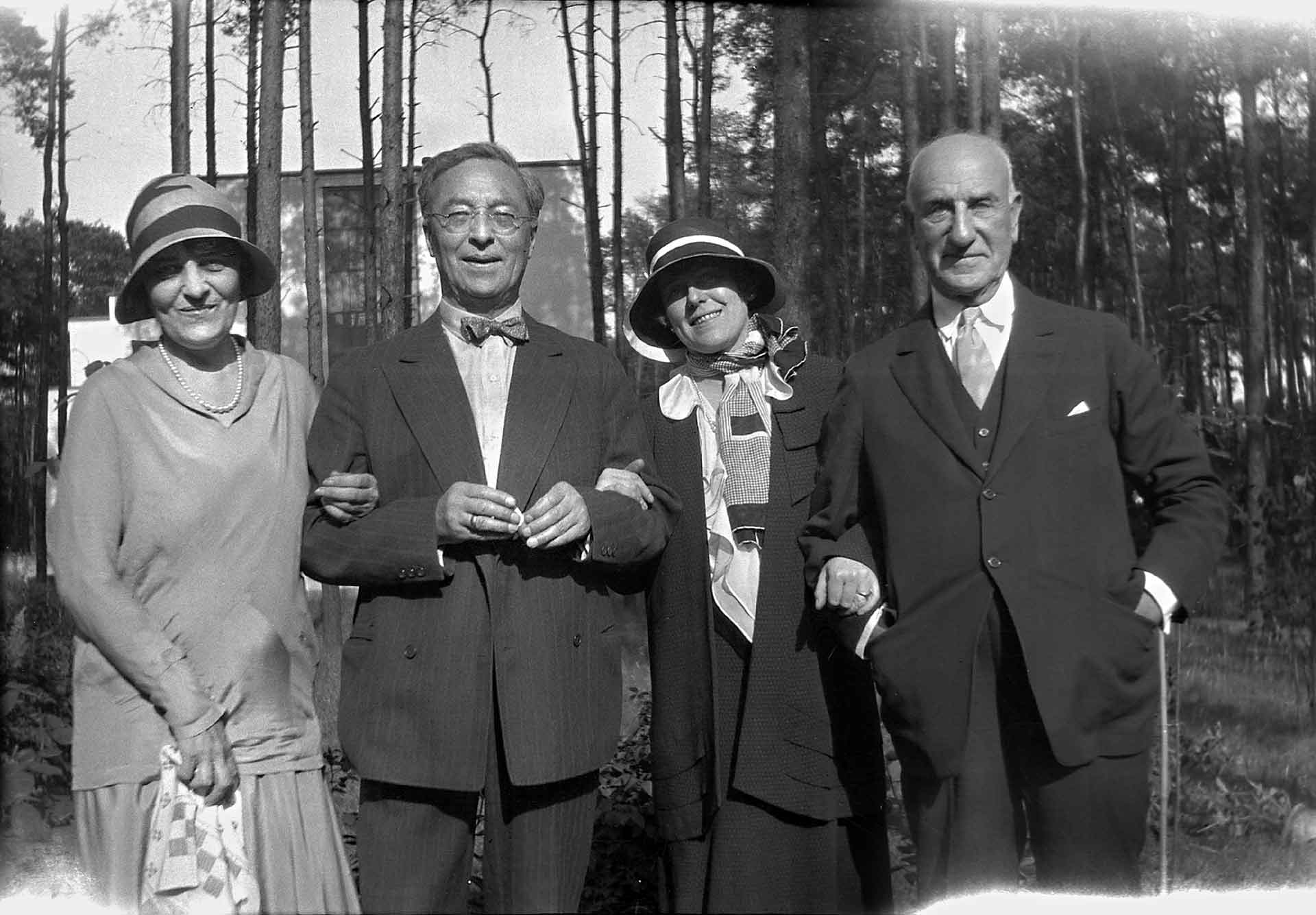
As part of the Didaktika project, the Museum designs educational areas and organizes activities to complement its exhibitions. Tools and resources are provided both in the galleries and online to increase viewers’ understanding and comprehension of the artists and works on display.

In this didactic online section you will discover certain people, places, and events that proved influential in the life and practice of Vasily Kandinsky. From his foundational years in Russia through his later, productive periods in Germany and France, Kandinsky demonstrated an intellectual curiosity and pursuit of avant-gardism. His experimental drawings, investigations of the relationship between color and sound, teaching and theoretical writings, along with a glossary of key terms, are all here to discover. See how, taken together, these inflection points contributed to his pioneering role in the development of abstract, or nonrepresentational, art in the early 20th century in Europe.
AMERICAN PATRONS: THE GUGGENHEIMS
American businessman Solomon R. Guggenheim and his wife Irene Rothschild Guggenheim, both art lovers and collectors, met Kandinsky in 1930 at the Dessau Bauhaus, where he was a teacher. The German artist Hilla Rebay, their primary art adviser, had introduced the Guggenheims to Kandinsky’s dynamic and inventive work, which appealed to Solomon, in particular.
Nonfigurative or nonobjective art, without ties to the natural world, became the main focus of the Guggenheims’ growing modern collection in the 1930s. Solomon Guggenheim fostered a lifelong friendship with Kandinsky, as among his foremost patrons in the United States.
A UNIQUE COLLECTION
How many global art collections do you know with more than one hundred and fifty works by a single artist?
Solomon Guggenheim’s interest in sharing his art with the public led to the establishment of the Solomon R. Guggenheim Foundation in 1937 and the opening in New York of the Museum of Non-Objective Painting in 1939. Numerous works by Kandinsky were part of the inaugural exhibition, called Art of Tomorrow. Guggenheim’s primary advisory Hilla Rebay became the museum’s first director and curator.
The institution was eventually renamed the Solomon R. Guggenheim Museum and opened its Frank Lloyd Wright-designed building in 1959 in New York City. Around 150 works by Kandinsky reside with the Guggenheim today.
Photo : Irene Rothschild Guggenheim, Vasily Kandinsky, Hilla von Rebay and Solomon R. Guggenheim; July 7, 1930.
M0007 Hilla von Rebay Foundation Archive, Series 1. Photographs, People.
